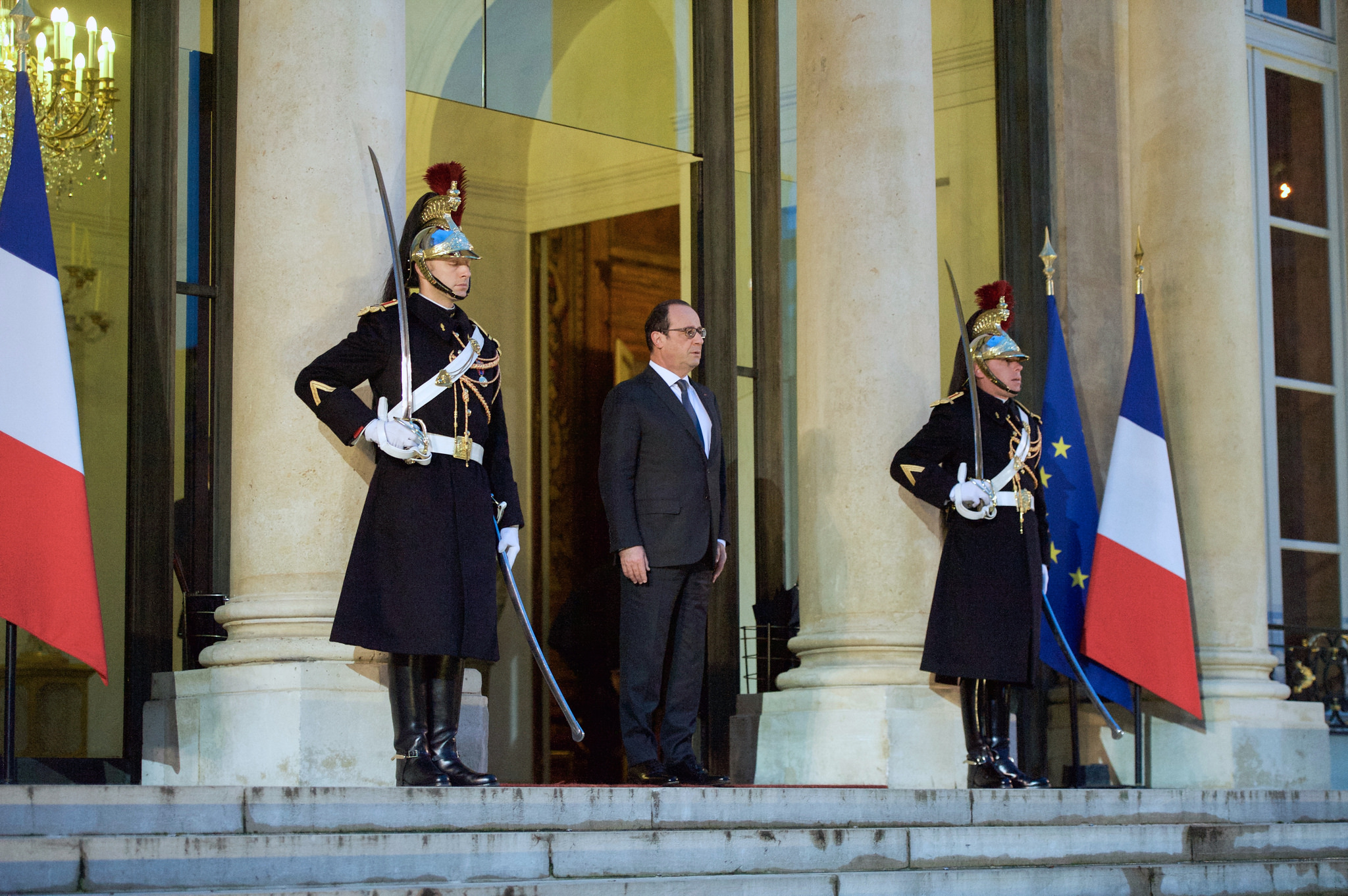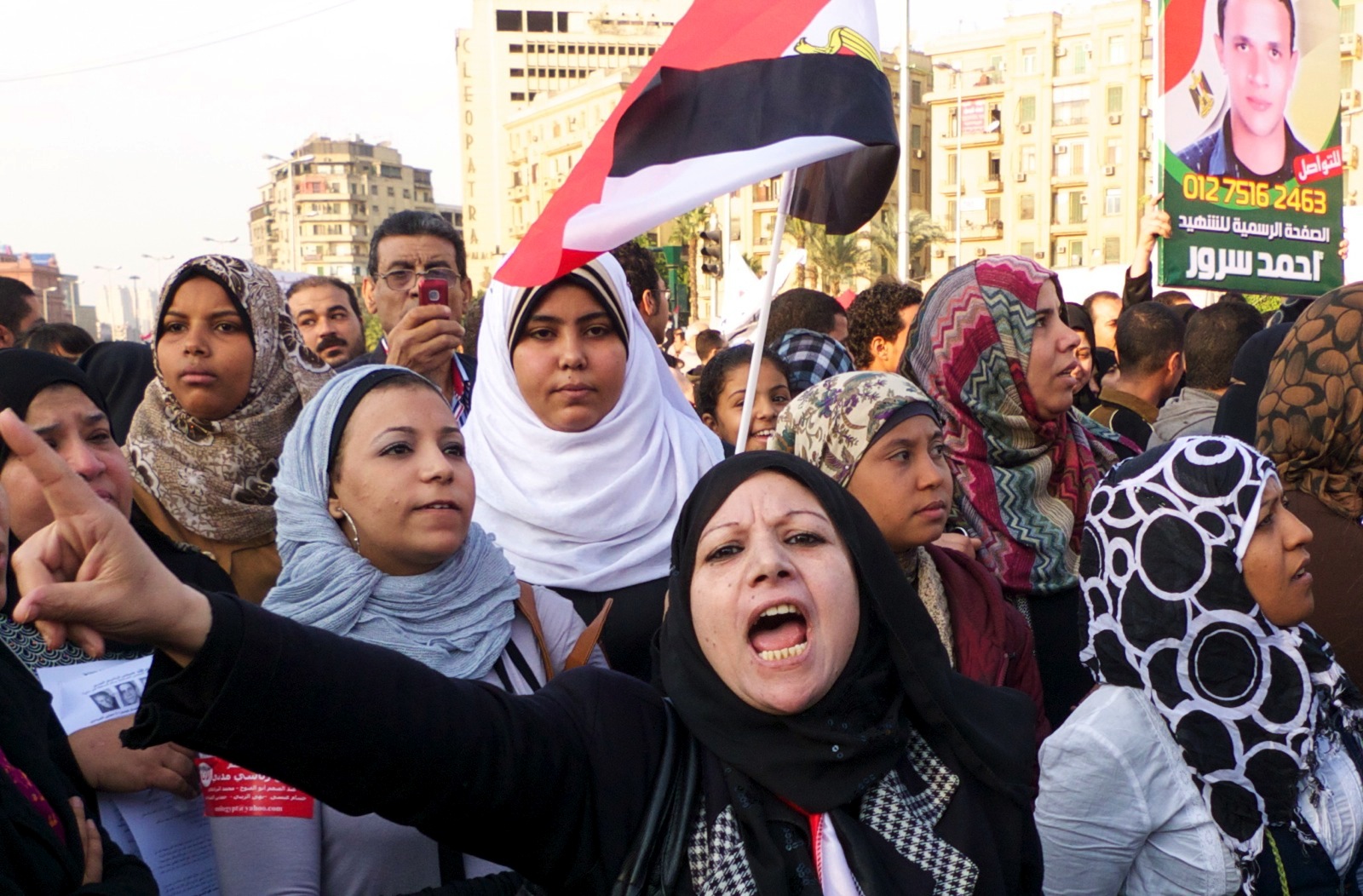Guest post by Ryan C. Maness

Does Russia use energy as a political weapon? Gazprom, the stated owned-natural gas giant, has a peculiar practice when it comes to the prices it charges for gas as well as pipeline transit fees for some of its customers of the former Soviet Union as compared to those in the EU. With the crisis in Ukraine and Russia’s subsequent part in it, the energy export-dependent Russian economy is in shambles, partly due to sanctions imposed by the United States and the EU. Now the EU is going farther and charging the Russian state-owned gas giant Gazprom with an array of unfair business practices, including denying pipeline access to competing energy suppliers from post-Soviet states, and charging discriminatory prices to some countries of the EU and the former Soviet Union.
Yet beyond finding that Russia uses natural gas as a political tool, few scholars have delved into empirically discerning the motivation behind Russia’s use of these coercive measures. My research empirically disseminates these motivations, and with my own data collection and analysis, much of what I find backs up what the EU is accusing of Gazprom. Russia charges more for gas and gives unfavorable pipeline fees to countries moving politically or economically closer to the West, and that more favorable pricing schemes are given to those who politically or economically align themselves closer to Moscow.
In my forthcoming book with Brandon Valeriano, Russia’s Coercive Diplomacy, Energy, Cyber, and Maritime Policy as New Sources of Power, we dedicate two chapters to Russia’s use of natural gas as a coercive foreign policy tool in post-Soviet space. I quantify contextual independent variables and measure these against the dependent variables of changing natural gas prices for the years 2003-2013 for the former Soviet republics. Using these data, I estimate a regression model to examine the effects across these states. I find that movement to the West measured as membership in pro-Western organization GUAM, the EU’s neighborhood policy, or NATO results in an increase in natural gas pricing relative to those states that are not in any of these organizations.
Table 5.2 from Chapter 5 of my book summarizes the findings on Russia’s coercive energy policy in post-Soviet space.
Although my study is limited only to the countries of the former Soviet Union the same practices are likely going on in the EU. There are political motivations present here, albeit for different contextual reasons. EU countries that pay the most for natural gas are the Baltic states of Estonia, Latvia, and Lithuania (22 percent above the average EU price). As members of the EU and NATO, it seems that these states once part of the Soviet Union are still being punished for their full integration with the West. Bulgaria (14 percent above average), Poland, (11 percent above average), and the Czech Republic (10 percent above average) are states that pay a significant amount more. During the Ukrainian gas shutdown last summer, the third imposed on Ukraine since 2006, these countries countered the Russian move by reversing the courses of their Russian gas back into Ukraine. Currently, it seems that Gazprom is attempting to punish such actions.
EU countries that pay below average gas prices are the two major powers of the organization, Germany and France, as well as Hungary and Slovakia. Although Germany and France have been vocal opponents of Russia’s involvement in the Ukrainian crisis, it seems that they are too good of customers to be punished by Gazprom. Hungary and Slovakia, two countries with nationalistic governments who have been sympathetic to Putin’s governments, are being rewarded with cheaper gas. Therefore, the same pricing scheme that I empirically found was happening in post-Soviet space is also happening in the EU. Countries who have slighted Gazprom recently in the Ukrainian context are being punished (Poland, Czech Republic, Bulgaria), while those sympathetic to Russia’s exploits are being subsidized (Hungary, Slovakia).
EU countries make up 30 percent of all Gazprom’s revenues. Russia has become less than a reliable supplier to the EU due to its recent actions, and it seems that now is the right time for the EU to strike out against Gazprom. The Russian coercive energy tool is now in jeopardy as the EU and its growing foreign policy actions are bearing more teeth. The EU is charging Gazprom with anti-competitive practices, and the data presented in the table backs up such charges.With the support of the United States, the European Union is standing firm on its policy toward Ukraine and now with its charges of antitrust practices by Gazprom in EU territory. If previous outcomes of Russian coercive diplomacy are telling of this one, Russia’s power play against this EU action will lead to more sanctions, isolation, and economic uneasiness for Vladimir Putin. Russia acts coercively out of weakness and not out of strength.
Ryan C. Maness is a Visiting Fellow in Security and Resilience Studies at Northeastern University.









5 comments
How does Putin’s Russia rate as a reliable supplier in comparison with the Soviet Union? My impression is that it has been much worse.
Nice read. I’ve been thinking about doing a writeup on resource/energy politics, and this was some good background information. Thanks!
https://politicalideasandeducation.wordpress.com